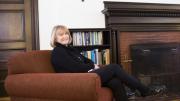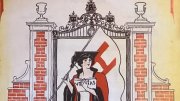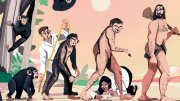Gordon McKay professor of applied physics Frans Spaepen has been named the institute's director; he brings to the job nine years' experience leading the cross-disciplinary Harvard Materials Research Science and Engineering Center. Among the changes he will oversee is the creation of a new postdoctoral fellowship program at the institute, to begin in the fall of 2003. Harvard undergraduate and graduate students will also begin work there with faculty and senior scientists under Spaepen's direction.
With the resources of the soon-to-be renamed Rowland Institute at Harvard, FAS will "be able nimbly to support cross-disciplinary research," said Dean Jeremy R. Knowles. "I am excited by the opportunities that this merger presents to us."





